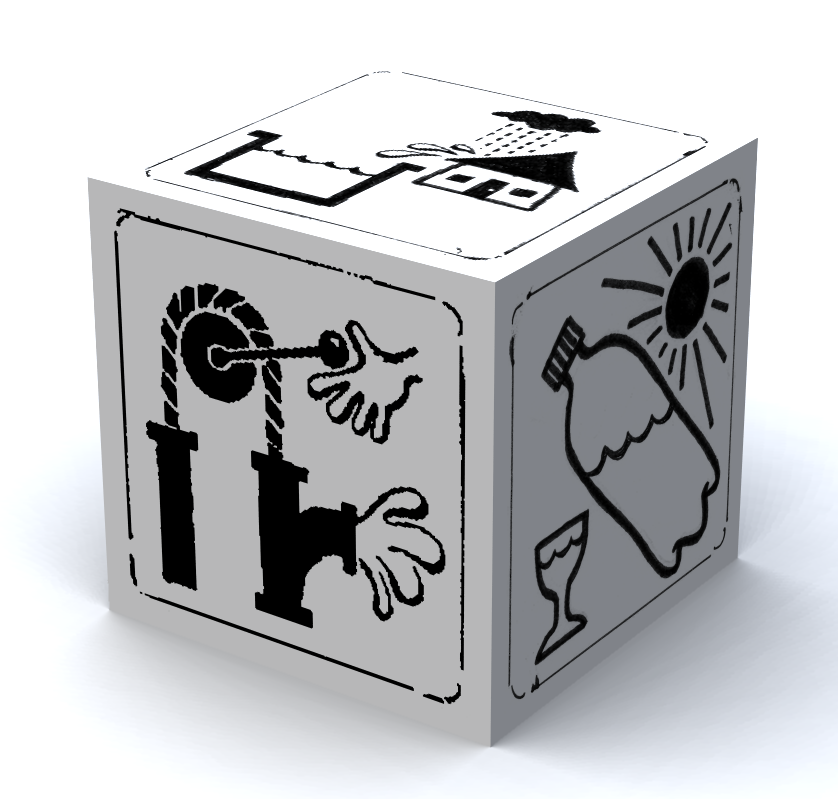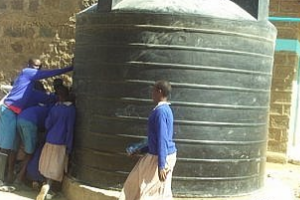Difference between revisions of "Water Portal"
| Line 142: | Line 142: | ||
--> | --> | ||
| + | ===Field experiences=== | ||
{|style="border: 2px solid #e0e0e0; width: 40%; text-align: justify; background-color: #e9f5fd;" cellpadding="2" | {|style="border: 2px solid #e0e0e0; width: 40%; text-align: justify; background-color: #e9f5fd;" cellpadding="2" | ||
| Line 152: | Line 153: | ||
|[[Image:project 469.png |thumb|center|140px|<font size="2"><center>[ RSR Project 469]<br>Implementing an IWRM process in Mashuru</center></font>|link=http://rsr.akvo.org//project/469/ ]] | |[[Image:project 469.png |thumb|center|140px|<font size="2"><center>[ RSR Project 469]<br>Implementing an IWRM process in Mashuru</center></font>|link=http://rsr.akvo.org//project/469/ ]] | ||
|} | |} | ||
| + | |||
===Acknowledgements=== | ===Acknowledgements=== | ||
Revision as of 02:53, 5 March 2014
The water portal illustrates a selection of smart water technologies. We are working on making this portal comprehensive and contain full explanations on how to implement these technologies, complete with lots of reference manuals and links.
For help with selecting the right water technologies below, try our new Water Compass! It is a decision support tool.
To help manage drought, using water resource technologies and other strategies: Resilient WASH systems in drought-prone areas.
Field experiences
Acknowledgements
Much of the material in this section comes from the book Smart Water Solutions produced in collaboration with Netherlands Water Partnership, WASTE, PRACTICA, IRC International Water and Sanitation Centre, SIMAVI, AGROMISA, NCDO, Aqua for All (A4A), and Partners voor Water



